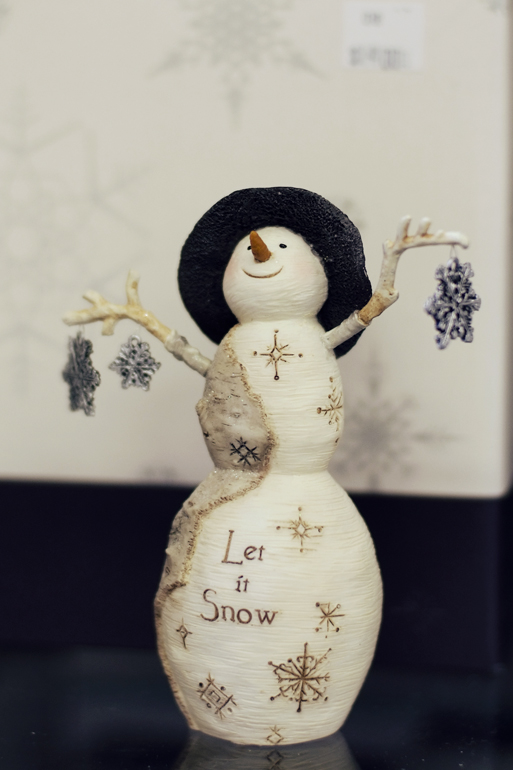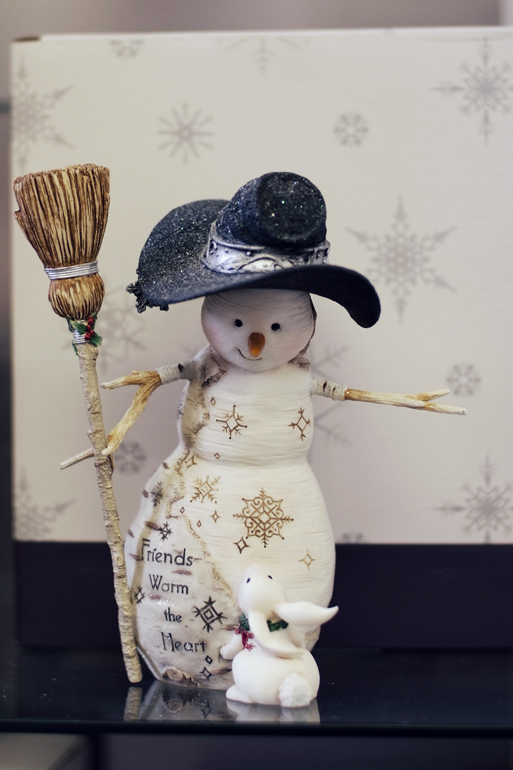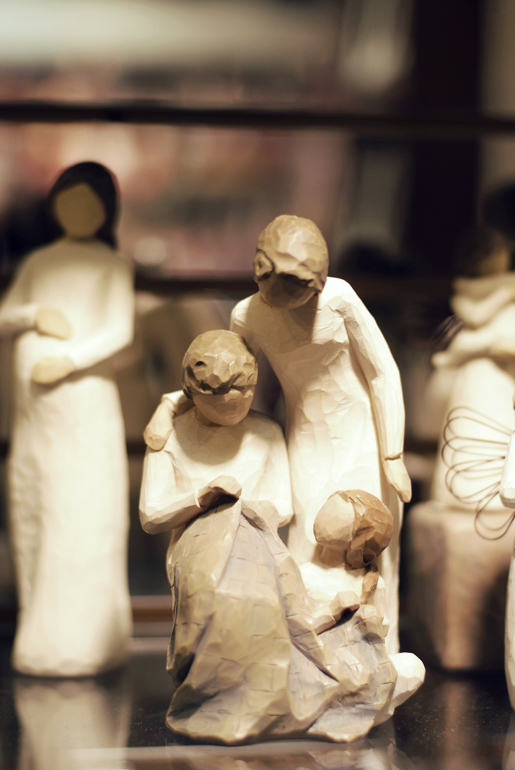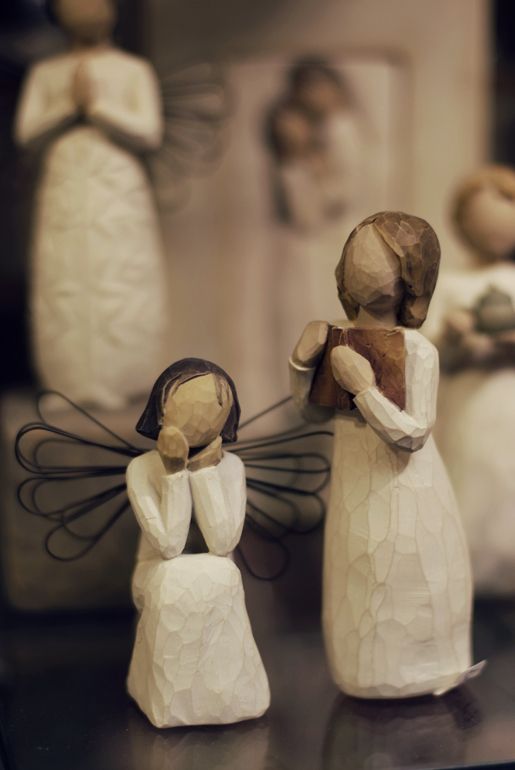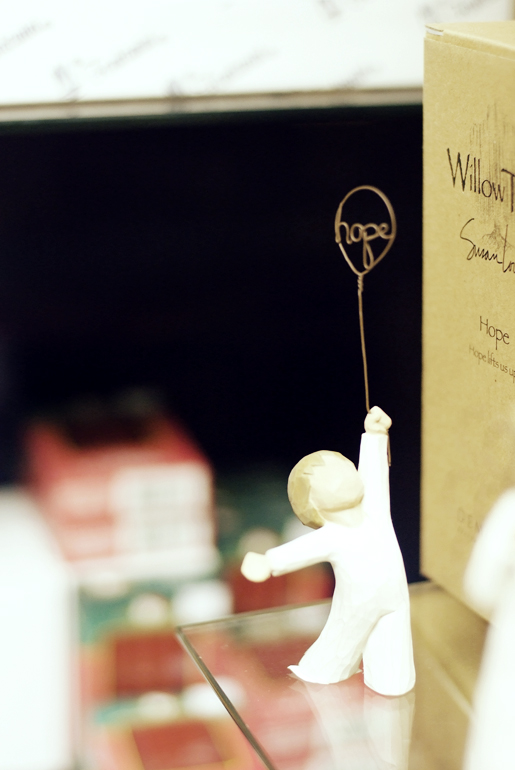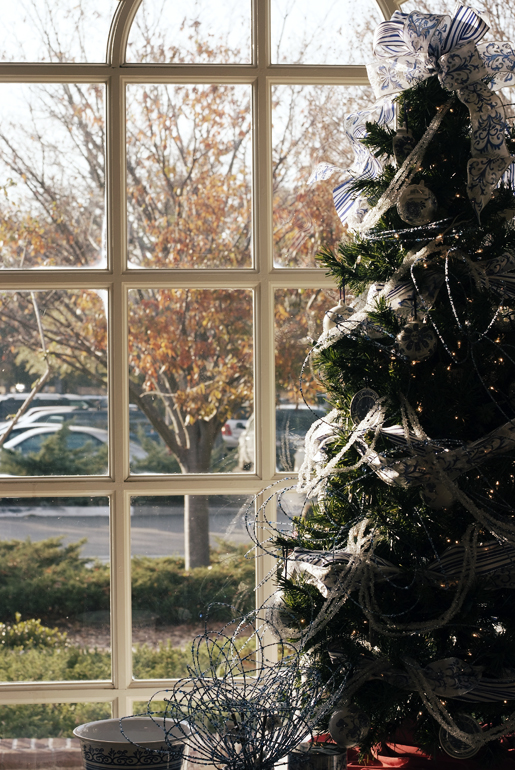iconoclastic controversy
지난 이야기들.../HWE 2007. 12. 13. 10:08 |[edit] Issues in Byzantine Iconoclasm
What accounts of iconoclast arguments remain are largely found in iconodule writings. To understand iconoclastic arguments, one must note the main points:
- Iconoclasm condemned the making of any lifeless image (e.g. painting or statue) that was intended to represent Jesus or one of the saints. The Epitome of the Definition of the Iconoclastic Conciliabulum held in 754 declared:
"Supported by the Holy Scriptures and the Fathers, we declare unanimously, in the name of the Holy Trinity, that there shall be rejected and removed and cursed one of the Christian Church every likeness which is made out of any material and colour whatever by the evil art of painters.... If anyone ventures to represent the divine image (χαρακτήρ, charaktēr) of the Word after the Incarnation with material colours, let him be anathema! .... If anyone shall endeavour to represent the forms of the Saints in lifeless pictures with material colours which are of no value (for this notion is vain and introduced by the devil), and does not rather represent their virtues as living images in himself, let him be anathema!"
- For iconoclasts, the only real religious image must be an exact likeness of the prototype -of the same substance- which they considered impossible, seeing wood and paint as empty of spirit and life. Thus for iconoclasts the only true (and permitted) "icon" of Jesus was the Eucharist, which was believed to be his actual body and blood.
- Any true image of Jesus must be able to represent both his divine nature (which is impossible because it cannot be seen nor encompassed) as well his human nature. But by making an icon of Jesus, one is separating his human and divine natures, since only the human can be depicted (separating the natures was considered nestorianism), or else confusing the human and divine natures, considering them one (union of the human and divine natures was considered monophysitism).
- Icon use for religious purposes was viewed as an innovation in the Church, a Satanic misleading of Christians to return to pagan practice.
It was also seen as a departure from ancient church tradition, of which there was a written record opposing religious images."Satan misled men, so that they worshipped the creature instead of the Creator. The Law of Moses and the Prophets cooperated to remove this ruin...But the previously mentioned demiurge of evil...gradually brought back idolatry under the appearance of Christianity." [5]
The chief theological opponents of iconoclasm were the monks Mansur (John of Damascus), who, living in Muslim territory as advisor to the Caliph of Damascus, was far enough away from the Byzantine emperor to evade retribution, and Theodore the Studite, abbot of the Stoudios monastery in Constantinople.
John declared that he did not venerate matter, "but rather the creator of matter." However he also declared, "But I also venerate the matter through which salvation came to me, as if filled with divine energy and grace." He includes in this latter category the ink in which the gospels were written as well as the paint of images, the wood of the Cross, and the body and blood of Jesus.
The iconodule response to iconoclasm included:
- Assertion that the biblical commandment forbidding images of God had been superseded by the incarnation of Jesus, who, being the second person of the Trinity, is God incarnate in visible matter. Therefore, they were not depicting the invisible God, but God as He appeared in the flesh. This became an attempt to shift the issue of the incarnation in their favor, whereas the iconoclasts had used the issue of the incarnation against them.
- Further, in their view idols depicted persons without substance or reality while icons depicted real persons. Essentially the argument was "all religious images not of our faith are idols; all images of our faith are icons to be venerated." This was considered comparable to the Old Testament practice of only offering burnt sacrifices to God, and not to any other gods.
- Regarding the written tradition opposing the making and veneration of images, they asserted that icons were part of unrecorded oral tradition (parádosis, sanctioned in Orthodoxy as authoritative in doctrine by reference to 2 Thessalonians 2:15, Basil the Great, etc.).
- Arguments were drawn from the miraculous Acheiropoieta, the supposed icon of the Virgin painted with her approval by St Luke, and other miraculous occurrences around icons, that demonstrated divine approval of Iconodule practices.
- Iconodules further argued that decisions such as whether icons ought to be venerated were properly made by the church assembled in council, not imposed on the church by an emperor. Thus the argument also involved the issue of the proper relationship between church and state. Related to this was the observation that it was foolish to deny to God the same honor that was freely given to the human emperor.
'지난 이야기들... > HWE' 카테고리의 다른 글
| 크리스마스를 기다리며.. (0) | 2007.12.18 |
|---|---|
| [S5pro] Williamsburg Collonial Village (0) | 2007.12.15 |
| Augustine of Hippo, On Nature and Grace - (0) | 2007.12.13 |
| 크리스마스 소품-2 (0) | 2007.12.11 |
| 크리스마스 소품 (1) | 2007.12.10 |

